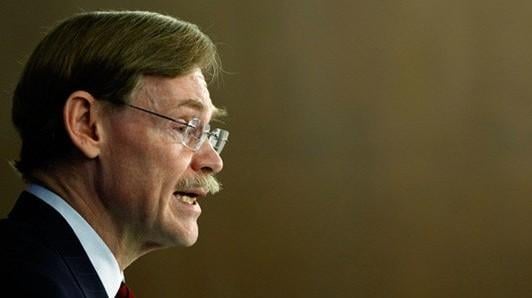
Erika Ayers Badan: Women in the Workplace Wake-Up Call
This headline somehow feels both shocking and completely unsurprising. The McKinsey and Lean In Women in the Workplace study is out, and the takeaway is…
Thought Leader: Erika Ayers Badan

By Robert Zoellick (original source The New York Times)
“During the Cold War, Presidents Dwight Eisenhower, John Kennedy and Ronald Reagan stressed that America’s economic vitality was the foundation of U.S. power. Trade agreements complemented military might by boosting partnerships for reform, growth and openness. The open U.S. economy overcame the problems of the 1970s and innovated technologically while the closed and centrally planned Soviet economy fell further behind. When oil prices plummeted in the 1980s, Gorbachev was forced to launch a “perestroika” to restructure the economy amid a “glasnost” to open Soviet society. But the reforms failed, and the Soviet Union collapsed.
Even as President George H.W. Bush achieved a peaceful end to East-West struggle, he had the vision to press trade initiatives in North America, the Asia-Pacific and globally, building the economic underpinnings of a new international order. The United States now has free trade agreements with 20 countries, representing about 10 percent of global gross domestic product but almost half of America’s exports. In the first five years of these deals, U.S. exports on average increased three times as rapidly as export growth globally. All but one of these agreements was established after the Cold War.”
Click here to read more
Erika Ayers Badan: Women in the Workplace Wake-Up Call
This headline somehow feels both shocking and completely unsurprising. The McKinsey and Lean In Women in the Workplace study is out, and the takeaway is…
Thought Leader: Erika Ayers Badan
Dr. Sanjay Gupta: Why Haven’t We Cured the Common Cold?
The average person gets two to four colds a year. With all the missed school and work, that adds up to an economic impact of…
Thought Leader: Sanjay Gupta
Niall Ferguson on the Logic Behind America’s New Worldview
Niall Ferguson argues that the media reaction to President Trump’s new National Security Strategy (NSS) says more about elite assumptions than about the document itself.…
Thought Leader: Niall Ferguson

